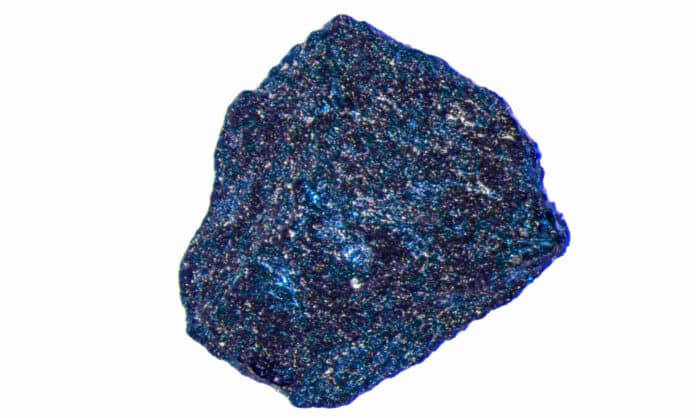Scientists at the University of Rochester recently made a breakthrough: they have created a superconducting material that exhibits superconductivity at 69 degrees Fahrenheit and 10 kilobars (145,000 pounds per square inch, or psi) of pressure. This superconducting material, a nitrogen-doped lutetium hydride (NDLH), has been created at both a temperature and pressure low enough for practical applications.
Pressure at sea level is roughly 15 psi, thus, 145,000 psi may still seem like a very high pressure; however, strain engineering techniques are frequently employed in chip manufacture, for example, and contain materials held together by considerably higher internal chemical pressures.
Scientists previously announced the creation of two materials, yttrium superhydride and carbonaceous sulfur hydride, which are superconducting at 58 degrees Fahrenheit/ 39 million pounds per square inch and 12 degrees Fahrenheit/ 26 million pounds per square inch, respectively.
For this new study, scientists collected the data outside the lab. It was truly a collective effort.
Hydrides are created by combining rare earth metals with hydrogen, then adding nitrogen or carbon. In recent years, they offered scientists a tantalizing “working recipe” for creating superconducting materials.
Technically speaking, rare earth metal hydrides take the form of cage-like structures called clathrates, where the rare earth metal ions serve as carrier donors and supply enough electrons to promote the dissociation of the H2 molecules. Carbon and nitrogen aid in material stabilization. The bottom line is that superconductivity can occur at lower pressures.
Scientists have also employed additional rare earth metals besides yttrium. Yet, the resultant compounds turn superconductive at pressures or temperatures that are still impractical for applications.
Hence, scientists looked elsewhere along the periodic table.
Ranga Dias, an assistant professor of mechanical engineering and physics, said, “Lutetium looked like “a good candidate to try. It has highly localized fully-filled 14 electrons in its f orbital configuration that suppress the phonon softening and enhance the electron-phonon coupling needed for superconductivity to occur at ambient temperatures.”
“The key question was, how are we going to stabilize this to lower the required pressure? And that’s where nitrogen came into the picture.”
“Nitrogen, like carbon, has a rigid atomic structure that can create a more stable, cage-like lattice within a material and hardens the low-frequency optical phonons. This structure provides stability for superconductivity to occur at lower pressure.”
A pure sample of Lutetium was placed in a reaction chamber with a gas combination of 99 percent hydrogen and 1 percent nitrogen. The mixture was then left to react for two to three days at 392 degrees Fahrenheit.
Scientists noted, “The resulting lutetium-nitrogen-hydrogen compound was initially a ‘lustrous bluish color.’ When the compound was then compressed in a diamond anvil cell, a “startling visual transformation” occurred: from blue to pink at the onset of superconductivity, and then to a bright red non-superconducting metallic state.”
Dias says, “It was a very bright red. I was shocked to see colors of this intensity. We humorously suggested a code name for the material at this state—’red matter’—after a material that Spock created in the popular 2009 Star Trek movie. The code name stuck.”
“The 145,000 psi of pressure required to induce superconductivity is nearly two orders of magnitude lower than the previous low pressure.”
With this study, scientists have now answered whether superconducting material can exist at ambient temperatures and pressures low enough for practical applications.
Dias says, “A pathway to superconducting consumer electronics, energy transfer lines, transportation, and significant improvements of magnetic confinement for fusion is now a reality. We believe we are now in the modern superconducting era.”
“The nitrogen-doped lutetium hydride will greatly accelerate progress in developing tokamak machines to achieve fusion. Instead of using powerful, converging laser beams to implode a fuel pellet, tokamaks rely on strong magnetic fields emitted by a doughnut-shaped enclosure to trap, hold, and ignite super-heated plasmas. NDLH, which produces an enormous magnetic field” at room temperatures, will be a game-changer” for the emerging technology.”
Journal Reference:
- Dasenbrock-Gammon, N., Snider, E., McBride, R. et al. Evidence of near-ambient superconductivity in a N-doped lutetium hydride. Nature 615, 244–250 (2023). DOI: 10.1038/s41586-023-05742-0
